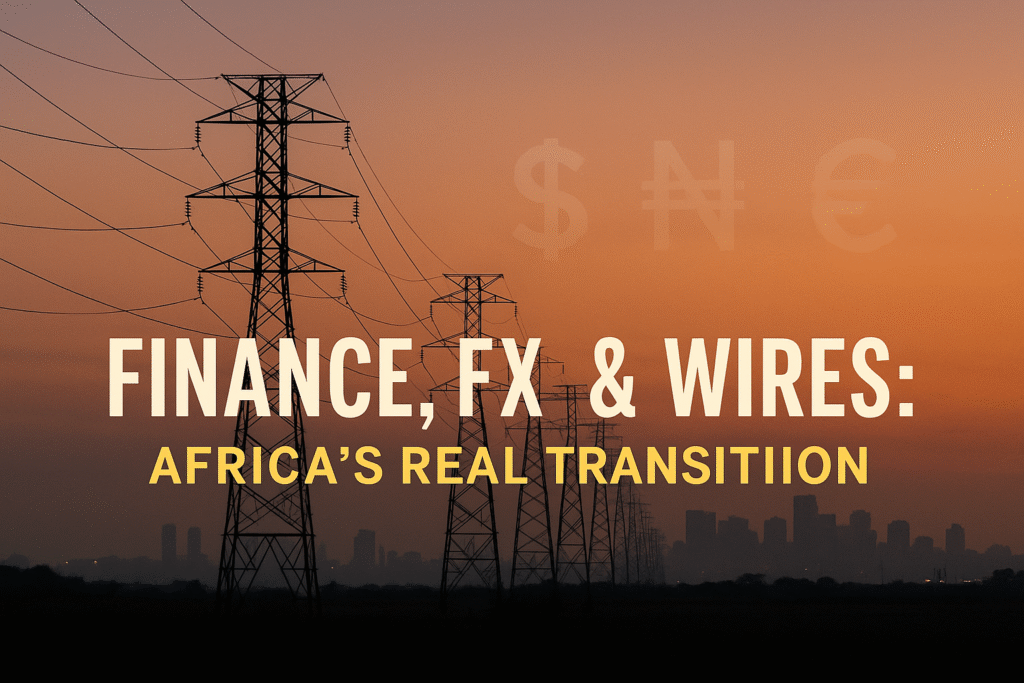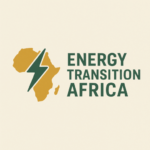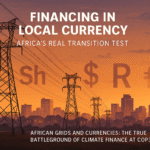As the world looks ahead to next month’s Africa Climate Summit, negotiators are already circling one contentious phrase: “transitioning away from fossil fuels.” For African delegates, the lesson from past COPs is clear: a phrase without a financing plan is not a pathway, it is a press release. On a continent where grids remain fragile, borrowing is expensive, and currencies can slide overnight, Africa will not phase out on promises. Any accelerated exit from coal, oil and gas must be tied to money that actually arrives, risks that are credibly managed, and wires that carry power to real communities. That is the bargain worth striking, and the only one that will last.
What “phase-out” means from an African seat at the table
After COP28, the global stocktake introduced language on transitioning away from fossil fuels. It was historic, but deliberately elastic. For African states, the elasticity is a liability unless paired with hard numbers and bankable instruments. The African Group of Negotiators (AGN) has repeatedly linked ambition to equity and finance, arguing that phase-out timelines must reflect responsibility and capability, not rhetoric. Without concessional capital, currency-risk tools and grid spending, African governments end up paying the most for the world’s cheapest technologies, then taking the political heat when promises outpace delivery.
That caution is not obstructionism. It is logistics. Across the continent, climate finance has risen but remains far below need. Climate Policy Initiative (CPI) finds flows to Africa increased by 48% between 2019/20 and 2021/22 to roughly $44–50 billion a year, still a fraction of what is required to transform power systems at speed. Multiple assessments put Africa’s share of global climate finance at around 2–3%, a mismatch with a region that hosts some of the fastest-growing populations and the greatest energy access deficits.
The price of promises: finance, FX and the grid
If climate diplomacy wants African signatures under stronger fossil phase-out language, the price is threefold: (1) concessional finance at scale; (2) foreign-exchange (FX) risk solutions that lower the cost of capital; and (3) grid investment that actually moves electrons to people and industry.
Finance. The African Development Bank (AfDB) estimates roughly $454 billion, about $64 billion a year through 2030, is needed to reach universal access and support growth. That number is not a wishlist; it is the cost of catching up grids, generation and last-mile connections fast enough to matter. Even the World Bank/AfDB Mission 300 initiative, aiming to connect 300 million people by 2030, will only bite if reform money and private capital are truly mobilised, not merely pledged.
FX risk. Africa’s paradox is cruel: solar and wind are cheap, yet projects still come out expensive because financing is largely in dollars or euros while revenues are local. Currency depreciation and volatility inflate tariffs or wreck balance sheets. New analysis shows that shifting clean-energy project finance into local currency, paired with policy and de-risking, can cut capital costs by up to 31% and lower delivered power costs by up to 29%. If negotiators want African ministers to accelerate phase-down schedules, then dedicated FX windows and guarantees must sit inside any new climate-finance architecture.
The grid. Announcing gigawatts is easy; delivering kilowatt-hours to clinics, factories, and homes is harder. Transmission and distribution are the unglamorous heart of an orderly phase-out. AfDB’s access needs imply tens of billions annually for lines, substations and smart systems; without them, new renewables strand in deserts and coastal plains. Grid spending is also political cover: people forgive coal retirements when lights stay on and bills are predictable.
“Africa won’t phase out on promises. Put finance, FX and grids on the table—and ambition will write itself.”
South Africa as a stress test
South Africa remains the region’s bellwether. It’s Just Energy Transition Investment Plan (JET-IP) channels concessional finance into renewables, grids and social support. Yet as the Komati coal plant shows, decommissioning is not a headline; it’s a logistics chain with people in it. A June 2025 Presidential Climate Commission review flags progress and delays: procurement bottlenecks, uneven local benefits, and the need to front-load community outcomes before units go cold. If the continent’s most industrialised economy grapples with sequencing and delivery, imagine the friction elsewhere. The lesson for negotiators: tie phase-out timetables to credible finance and grid milestones, not the other way round.
The civilian test: access and affordability
Civil society’s bottom line is simple: Will an accelerated fossil exit improve daily life? If phase-out coincides with rising tariffs, longer blackouts or job losses, the politics will unravel. That is why Mission 300 matters: it frames access—not just tonnes of avoided CO₂, as the success metric. It is also why FX and local-currency solutions are not technical footnotes; they are the difference between a megawatt that communities can pay for and one they can’t.
And it is why grid money is not negotiable. The continent’s power deficits are brutally spatial: urban centres often hoard reliability while peripheral regions wait. Without new wires, accelerated fossil phase-out risks entrenching that geography. Finance must land where lines do not yet exist.
A workable bargain for COP capitals
If African negotiators are to accept stronger “transition away” wording, here is the outline of a bargain that would make it real:
- A New Collective Quantified Goal (NCQG) with a ring-fenced “FX & Grids” window: Earmark a fixed share of annual climate finance for currency-risk mitigation and transmission/distribution. Publish unit-cost benchmarks and connection targets per country.
- Local-currency facilities at scale: Expand development-bank lending in local currencies; blend with guarantee schemes to drive down weighted average cost of capital (WACC) for renewables and storage.
- Delivery-first just-transition compacts: Link coal/gas retirement schedules to verifiable community benefits; jobs, SMME procurement, reskilling, funded up front, not promised later. Use Komati’s mixed results as a design guide.
- Access metrics as conditionality: Tie concessional finance to new connections and reliability improvements, not only installed capacity. That aligns the phase-out with people’s lived experience.
This is not charity. As CPI notes, the economic upside of meeting 1.5°C vastly outweighs the costs. But Africa cannot pay the rich world’s moral debt with poor households’ electricity bills.
Don’t confuse hardware with transition
Record solar imports tell a hopeful story: prices have crashed and adoption is surging. But imports are not institutions. Without FX hedges, grids and governance, the cheapest hardware can become the costliest policy, especially when currencies slide. The continent’s energy transition must be financed in a way that matches its political economy: more in local currency, more for wires, and more for people. The rest is a communiqué.
“Imports aren’t institutions: without FX hedges and wires, the cheapest hardware becomes the costliest policy.”
Bottom line: Africa will accelerate a fossil exit when the package respects arithmetic and dignity. Put finance, FX and grids on the table, and the phase-out language will write itself.



